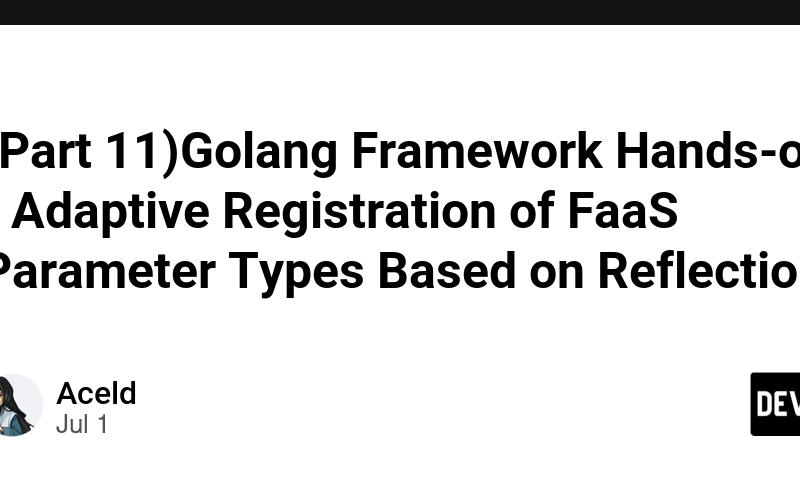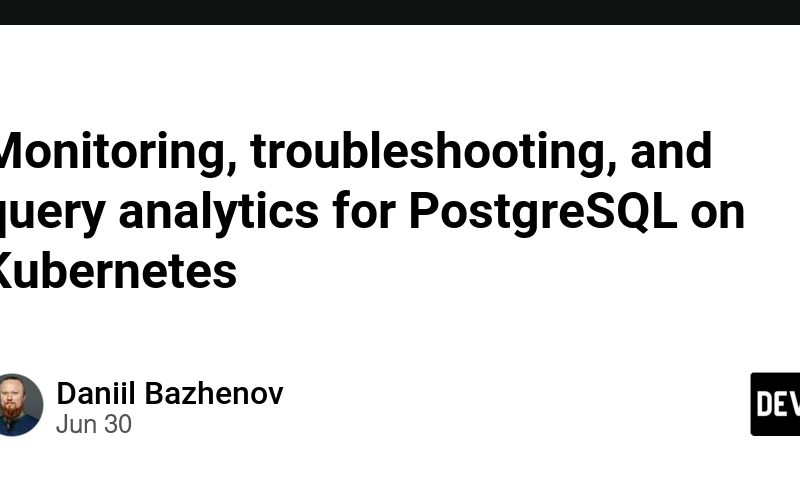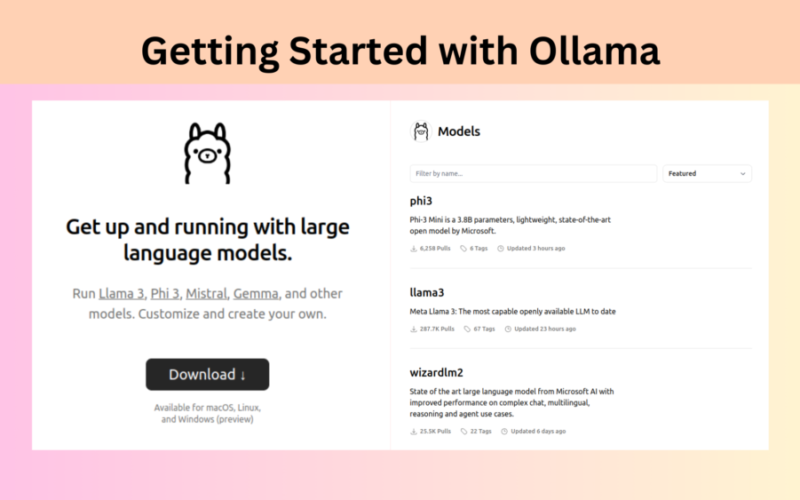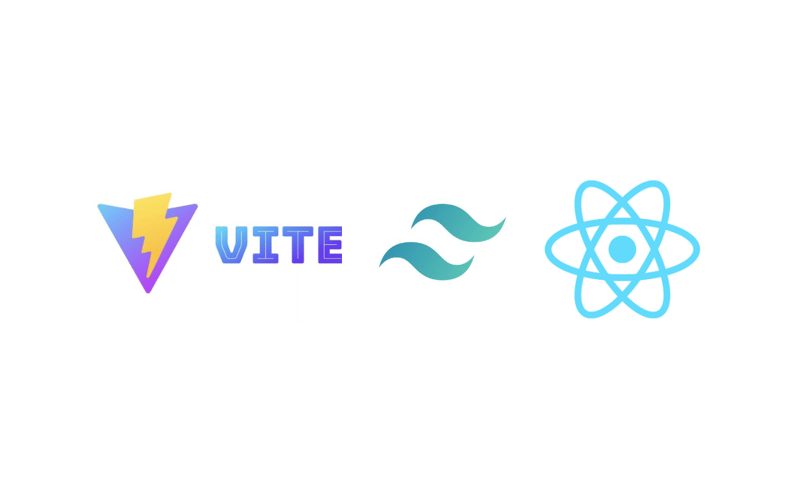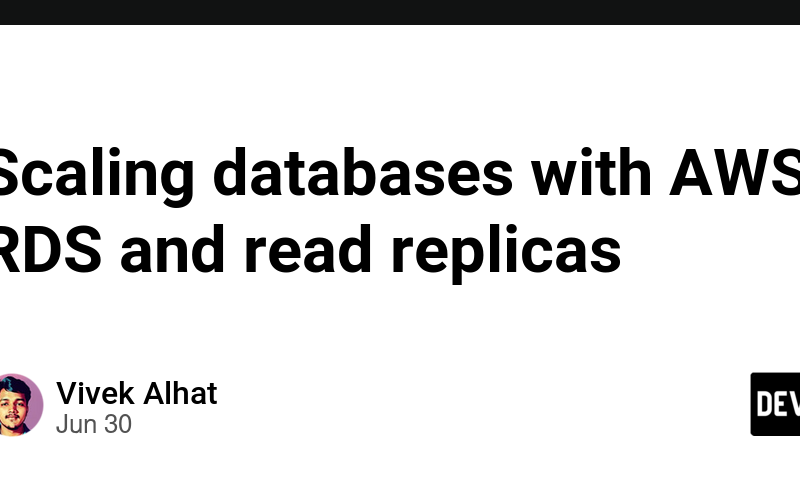01
Jul
Github: https://github.com/aceld/kis-flowDocument: https://github.com/aceld/kis-flow/wiki Part1-OverViewPart2.1-Project Construction / Basic ModulesPart2.2-Project Construction / Basic ModulesPart3-Data StreamPart4-Function SchedulingPart5-ConnectorPart6-Configuration Import and ExportPart7-KisFlow ActionPart8-Cache/Params Data Caching and Data ParametersPart9-Multiple Copies of FlowPart10-Prometheus Metrics StatisticsPart11-Adaptive Registration of FaaS Parameter Types Based on Reflection To be continued. Next, we will enhance the Function in KisFlow to better focus on processing business data. We will change the previous Function implementation: func FuncDemo3Handler(ctx context.Context, flow kis.Flow) error { fmt.Println("---> Call funcName3Handler ----") fmt.Printf("Params = %+vn", flow.GetFuncParamAll()) for _, row := range flow.Input() { str := fmt.Sprintf("In FuncName = %s, FuncId = %s, row = %s", flow.GetThisFuncConf().FName, flow.GetThisFunction().GetId(), row) fmt.Println(str) }…

